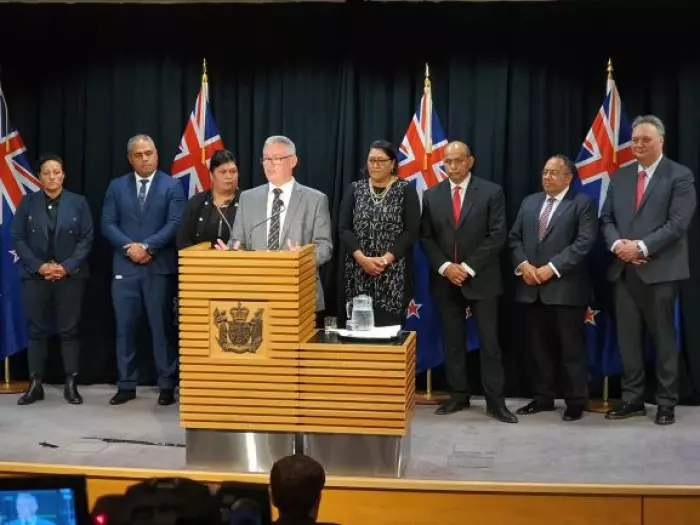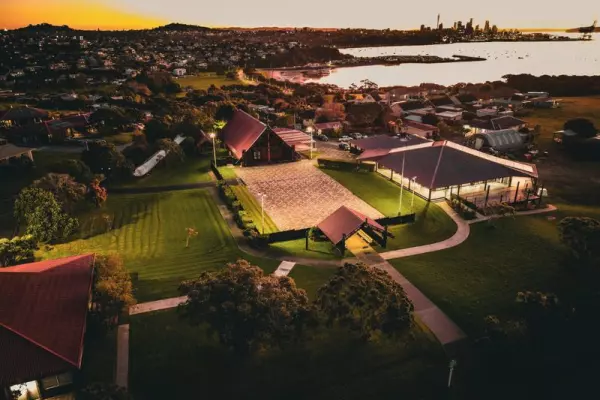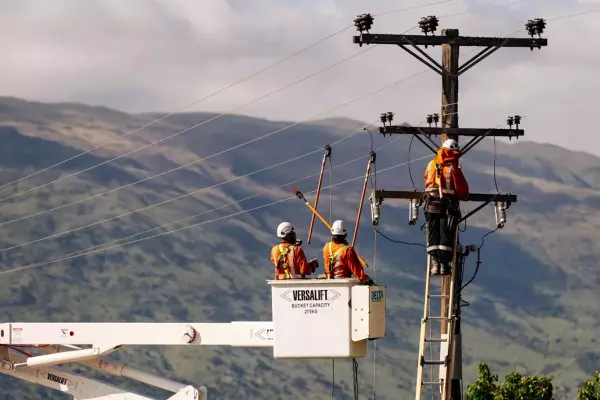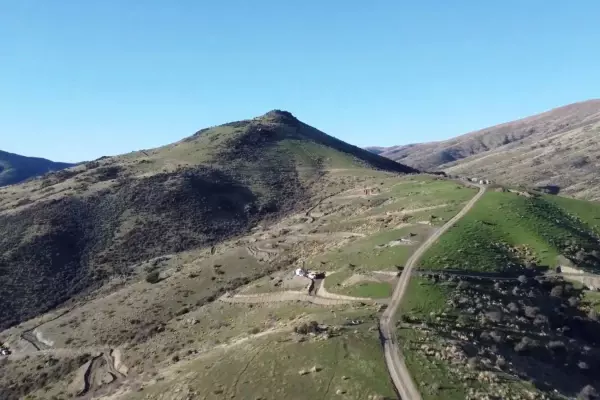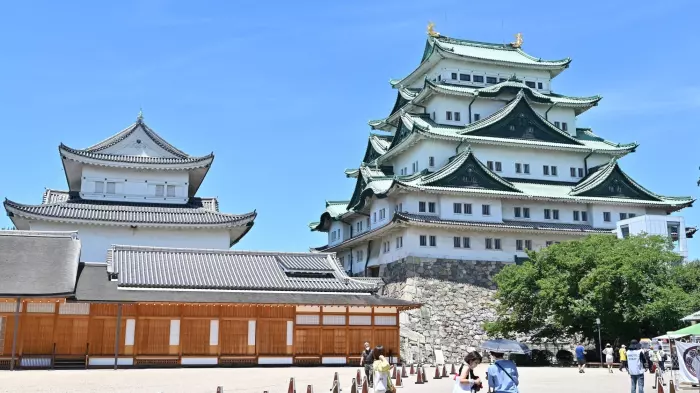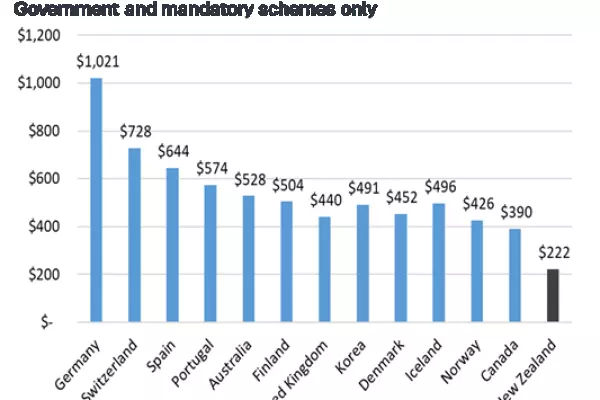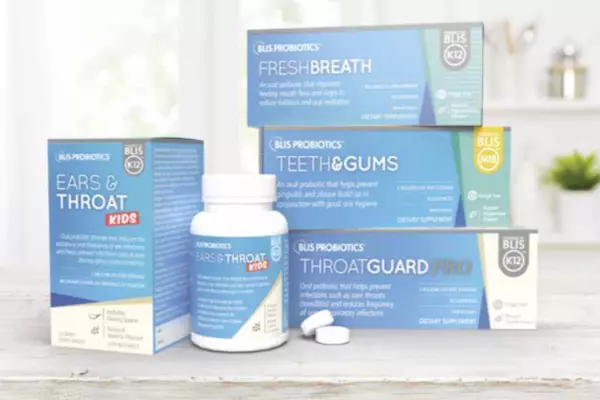A government fund created to give greater support to Māori during the covid-19 pandemic attracted over a hundred applications, with Waikato-Tainui being the biggest recipient.
The iwi took away $8 million, the largest sum allocated to one entity.
Waikato-Tainui acted as a conduit for the funds, passing it on to about 10 community agencies within its rohe (region).
The Māori communities covid-19 fund paid out $128.98m across 253 contracts and 166 applicants to agencies primarily working with Māori families.
Twenty-two agencies were granted $1m dollars or more. The 10 highest-paid agencies received $2.5m or more.
The fund ran for eight months until June 30, 2022.
During that period, Karen McGuinness, Te Puni Kōkiri investment director, said the first-dose vaccination rates for Māori increased from 69% to 91% and the second-dose rate from 49% to 88%.
McGuinness said an independent evaluation was being done, not because of an anomaly but because the fund was a significant investment.
The Māori communities covid-19 fund
McGuinness said the fund was part of a wider response because the government was looking to see how best to allocate resources given the changing impacts of covid-19.
She described the effort to protect whānau as “amazing”, considering Māori vaccination rates were “lagging behind” the general population.
It was recognised that specific Māori-led initiatives were needed to mobilise support for vaccination activities, build the resilience of vulnerable Māori communities and help manage the impact of covid-19.
Waikato-Tainui
The iwi was quick to turn its attention to the risk covid-19 posed.
Waikato-Tainui chief executive Donna Flavell said the iwi looked to its Māori king for guidance. He led the way when he moved to close the marae ahead of lockdown, she said.
“He did this because we have deep historical narratives that relate to pandemics, as do other Iwi – the 1917-18 Spanish flu experience is a case in point.”
Waikato-Tainui is a force to be reckoned with in the Māori economy.
The iwi’s wealth has soared due to the early settlement 30 years ago that saw the return of whenua (land) and later investment and development strategies. The iwi’s total equity sits at $1.69 billion.
As the second wealthiest iwi, Flavell said Waikato-Tainui contributed significant resources to the fight, considering covid-19 was “introduced by an external source to Aotearoa”.
Flavell said despite not being a service provider, Waikato-Tainui used its influence to ensure providers were being resourced to increase vaccination rates among Māori.
She said it directly supported the regional response during the first outbreak and vaccinated 1,000 elderly Māori.
'Dire consequences'
If the iwi did not act, Flavell said there would have been “dire consequences” for Māori.
She said it was clear that mainstream messaging wasn’t working, so government agencies worked with all iwi to develop a strategy for Māori.
The Waikato-Tainui iwi held high-level conversations with the government, securing the funding. It then allocated money to agencies within its land who were doing the work on the ground with the community.
Flavell said Waikato-Tainui resourced areas “at a far more rapid pace” than the government.
“That way, the government had one contract-holder to deal with, rather than eight or nine.”
The border that separated Auckland from the rest of NZ placed Waikato-Tainui directly in the path of covid.
Flavell said this put the iwi in a “fairly tough” space. She said Māori health providers in Auckland and Waikato kept the iwi informed so it could make decisions.
The entire organisation “pivoted” to support the response, she said.
The full $8m was spent on covid initiatives. Its leadership was “highly regarded" and costly mistakes were avoided, she said.
“Our iwi resilience plan was used as a model by the government and other iwi.”
Among the initiatives were a call centre for Waikato, delivery of medical supplies and meal packs, and distribution centres were set up across Waikato and South Auckland.
Vaccination clinics were set up and others were scoped out within the marae. Two Tainui hotels were used for managed isolation, she said.
The Waikato-Tainui iwi was instrumental in developing guidelines for tangihanga (funerals) which other iwi adopted, she said.
Community engagement
As a result of the initiatives, Waikato-Tainui noticed an immediate increase in vaccination rates among Māori.
McGuinness said the iwi helped host drive-in vaccination events and push engagement in the community.
“Our people felt safer being vaccinated by people they knew at places they trusted, like marae.”
Te Puni Kōkiri was the lead agency allocating the funds, alongside Te Arawhiti and the Ministry of Health.
Those responsible for the criteria were the ministers of finance, Māori crown relations and Māori development ministers, along with the associate minister of health.


